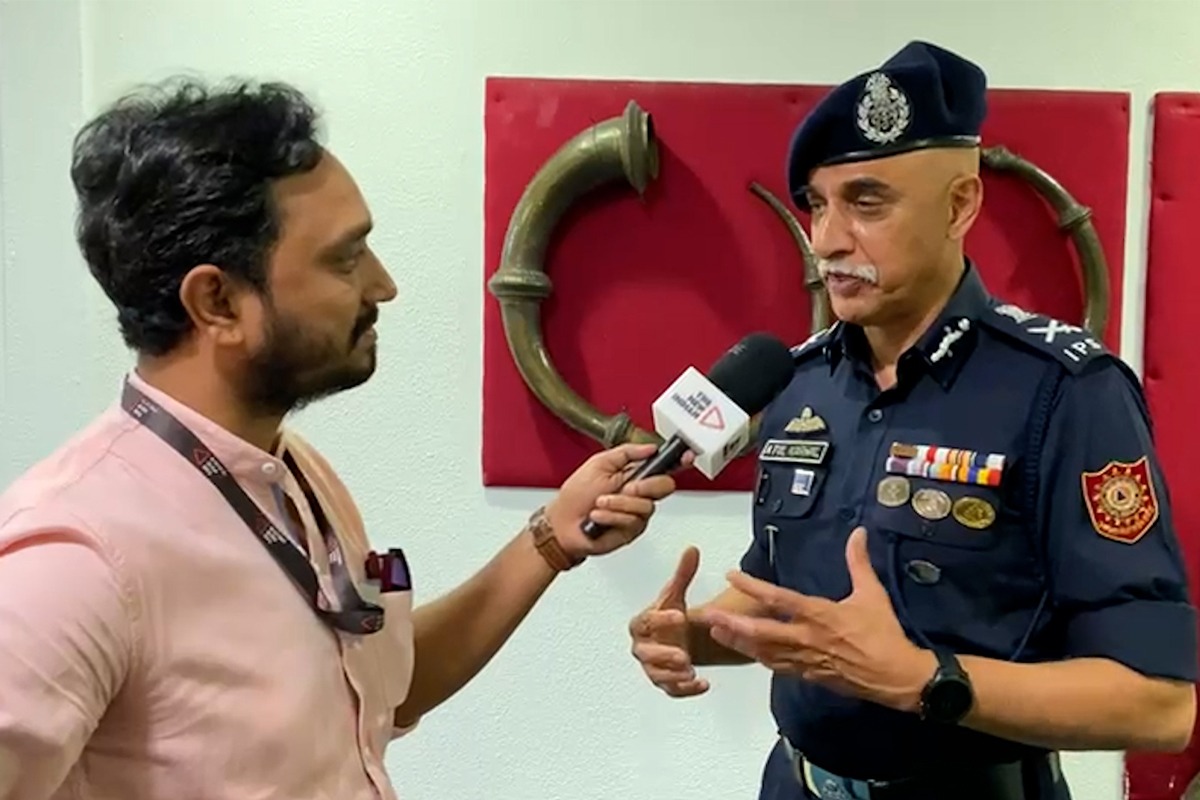NEW DELHI: In an exclusive chat, Atul Karwal – the director general of India’s central disaster response agency – provides bone-chilling details of the recent train tragedy which killed approximately 270 people and injured over 700 people in Balasore district of Odisha.
Karwal recounts unique challenges faced by the personnel of the National Disaster Response Force (NDRF) in rescuing people after India’s deadliest train crash in a century. He also talks about the agency’s preparation for the upcoming G20 Summit in New Delhi. Edited excerpts:
Alok Singh: How did your team handle the rescue operation after the Balasore train accident?
Atul Karwal: Our Balasore team received the information at 7:10 pm and by 8:30 pm, the first team was on the scene. We dispatched additional teams from nearby locations, totaling nine teams with 300 rescuers. Despite the challenging wreckage, our teams worked tirelessly day and night. With support from the Odisha government’s SDRF, we managed to save 44 lives and recover 121 bodies.
Alok Singh: What preparations have been made for the holy Kedarnath Yatra?
Atul Karwal: We have learned from past experiences and made improvements. Mountaineering techniques have been enhanced, ensuring the safety and comfort of the pilgrims. Our equipment has been upgraded with the latest technology, making it the best in the world. We also conduct training exercises, such as climbing Gangotri, to boost our rescuers’ confidence in handling challenging situations.
ALSO READ: Balasore train tragedy: How this ex-army man saved 28 lives
Alok Singh: How is the preparation for the G20 summit going? How is your force getting ready?
Atul Karwal: We are primarily focusing on three aspects. First, ensuring our rescue operators are well-trained to handle any eventuality. Second, acquiring the necessary equipment. And third, coordinating with agencies like the Department of Atomic Energy, local SDRF, and the police, who would be involved in case of an emergency.
Alok Singh: Have you implemented any specific measures to prepare for the summit?
Atul Karwal: Yes, we have advanced visits to the venues to familiarize ourselves with the area, identify vulnerable spots, and establish systems to tackle any anticipated challenges. We have also conducted mock exercises to ensure we are fully prepared for any situation.
ALSO READ: Scorned Prashant Kishor plots Pilot’s solo flight; depleted I-PAC’s Chandel, Nadeem on job
Alok Singh: Your team conducted a rescue operation in Turkey after an earthquake. What did you learn from that experience?
Atul Karwal: Our equipment is modern and we constantly review our needs. We regularly engage with vendors to explore new technologies. For instance, we are working on communication technology that enables connectivity even in the absence of cell phones, using satellite phones and WiFi networks. We also have underwater ROVs and drones for specialized operations.
Alok Singh: Can you tell us more about these new technologies?
Atul Karwal: The underwater ROV allows us to retrieve objects or bodies from depths of 80-100 meters, where diving is not feasible. Additionally, we are developing drones that can lift and carry people trapped in difficult-to-reach areas. We are continuously looking for ways to strengthen our force with new innovations.
YOU MAY ALSO LIKE:

